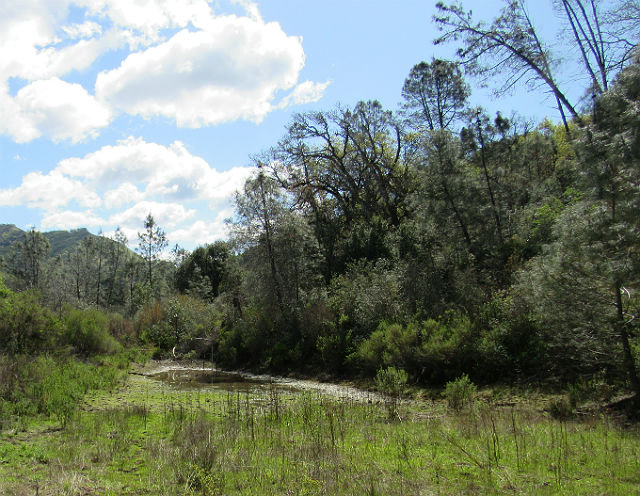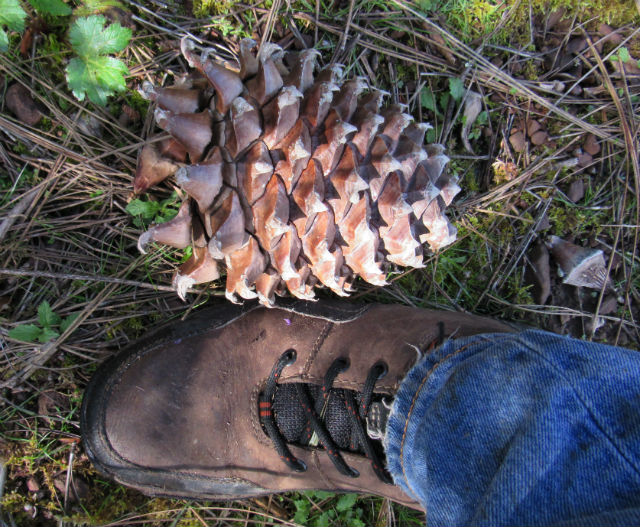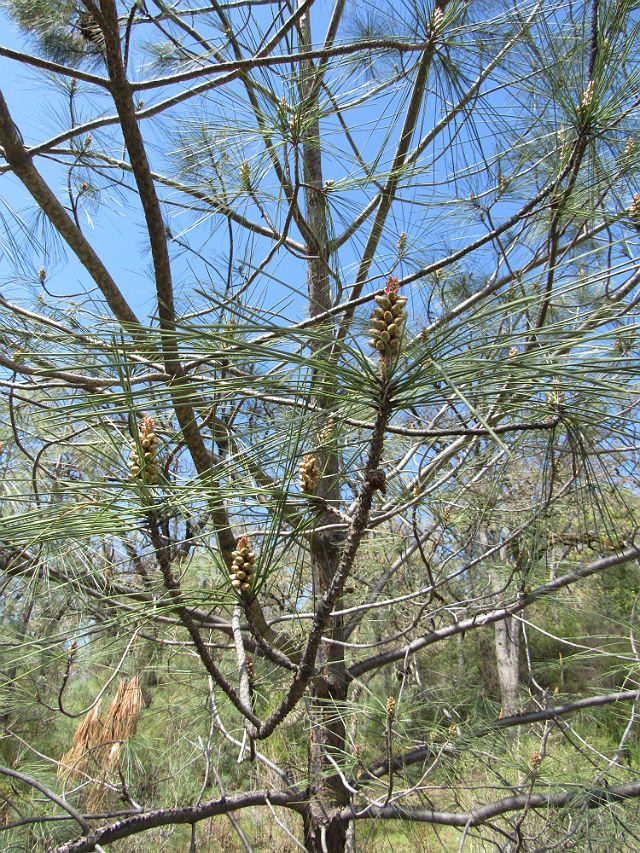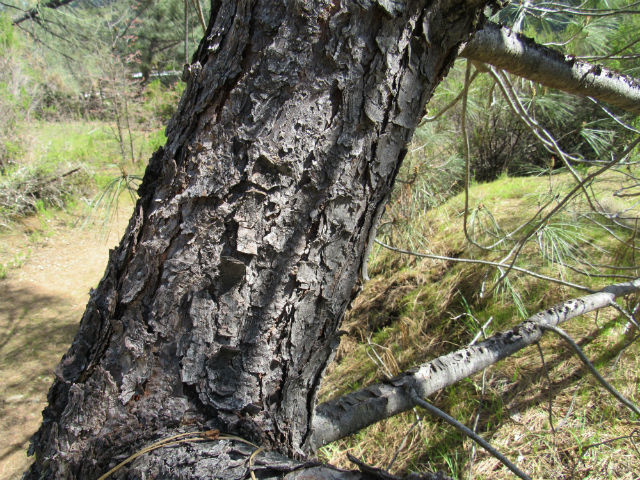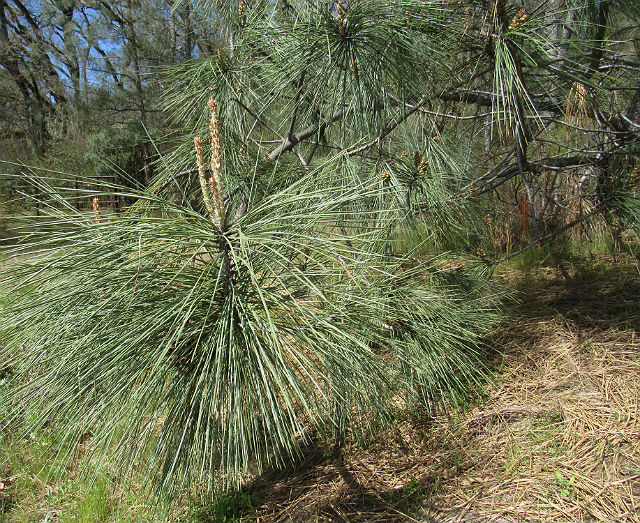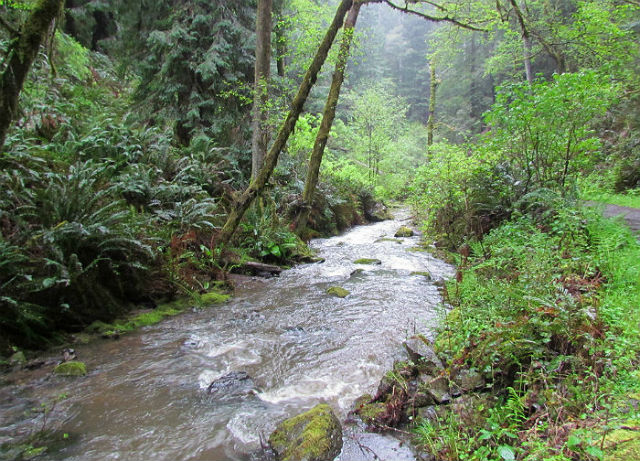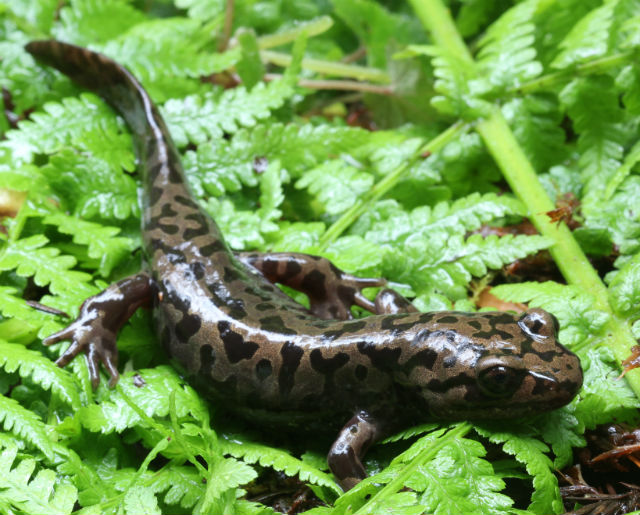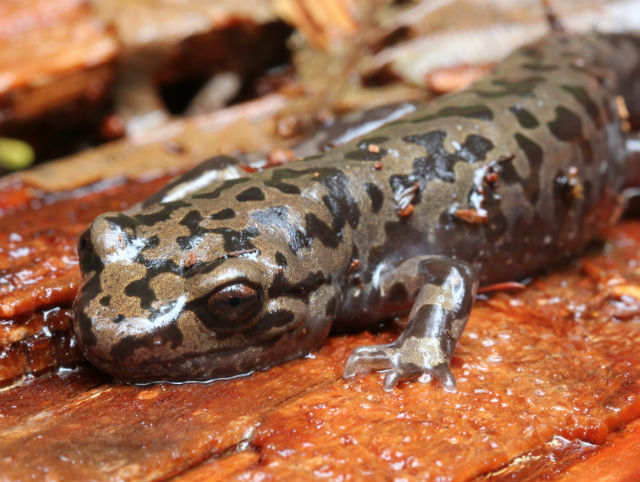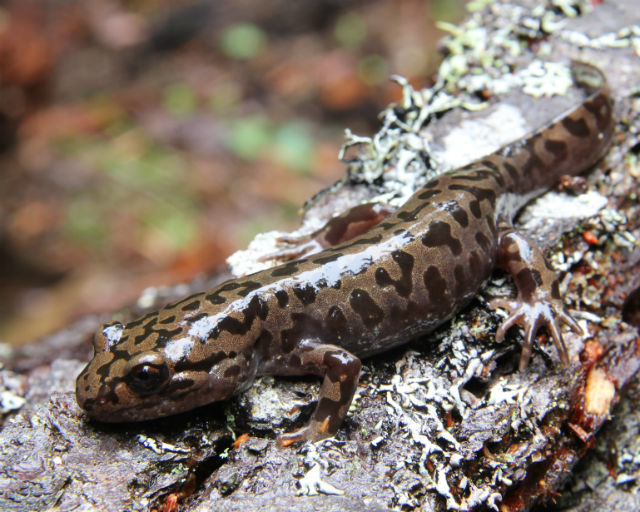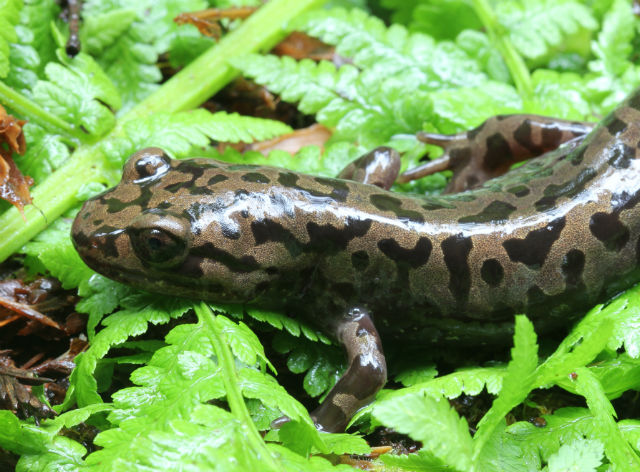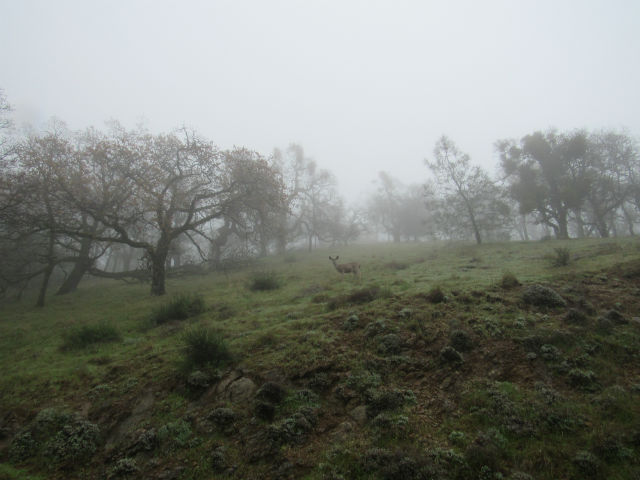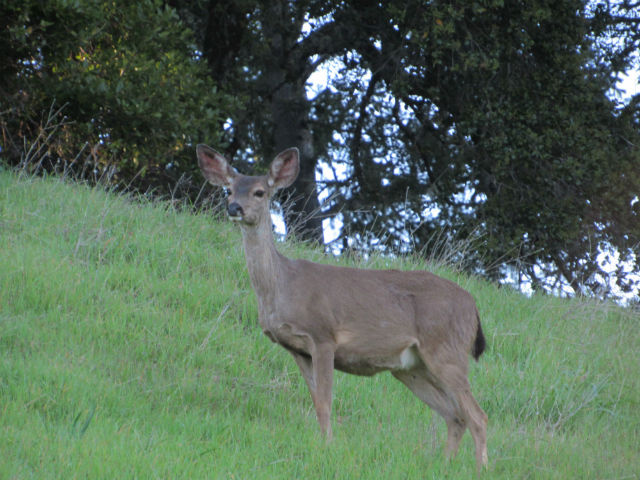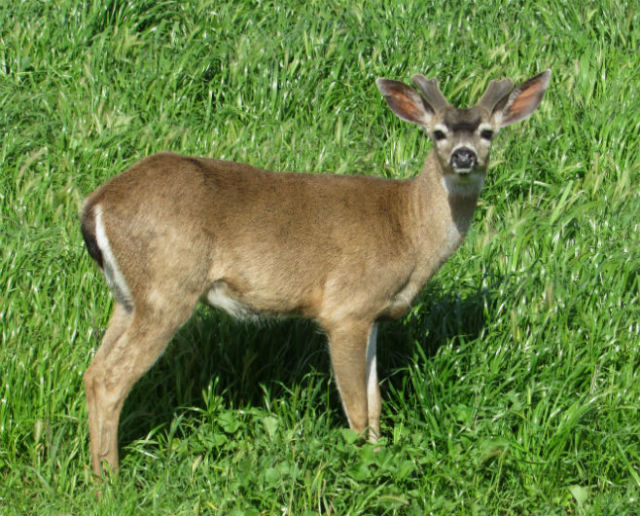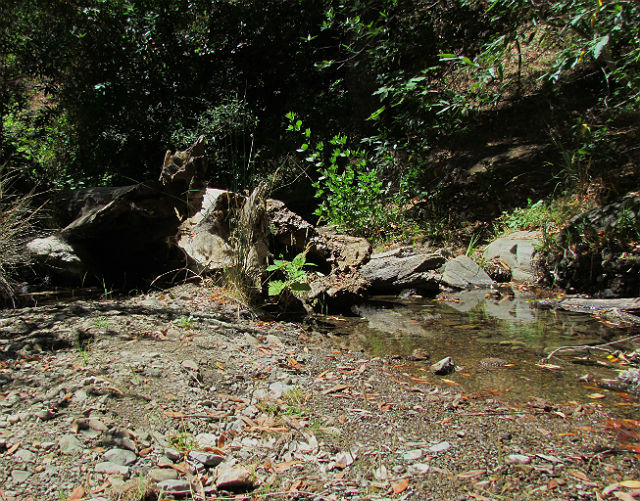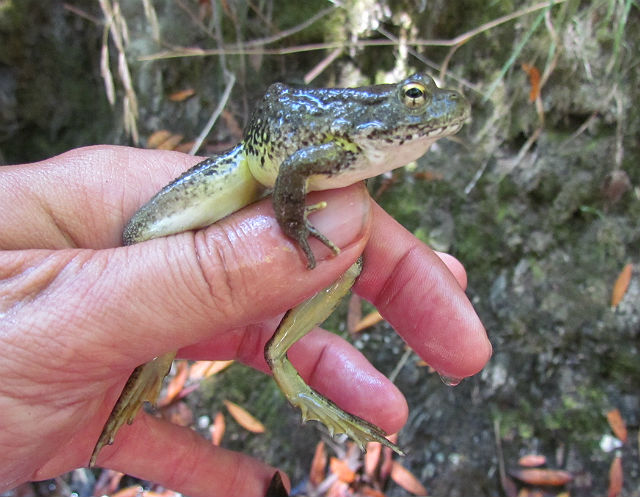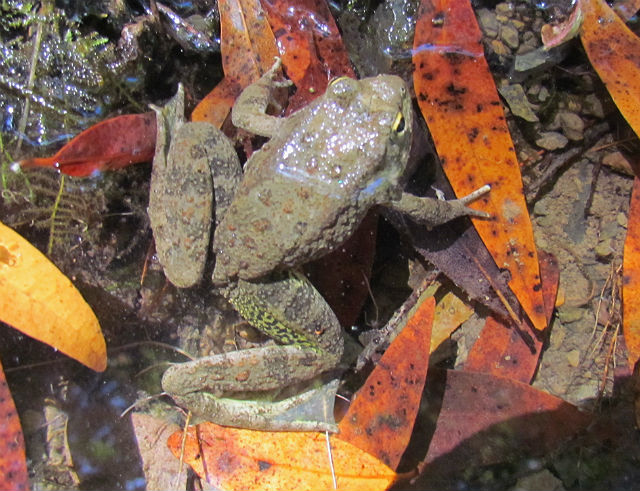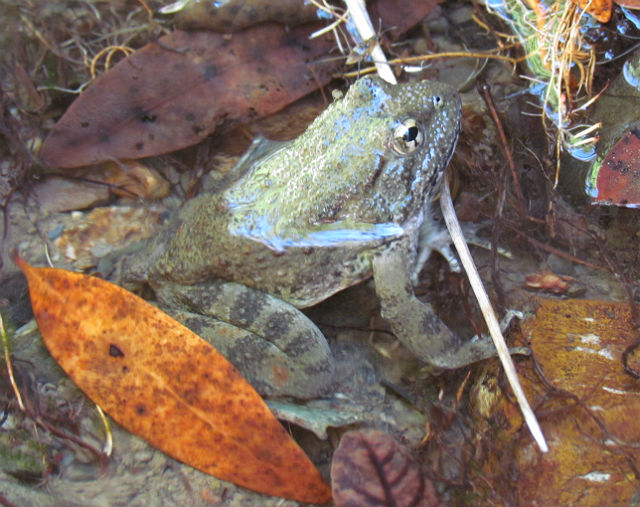While hiking on Mount Hamilton in California, it was impossible not to notice a few impressively-sized pine cones on the ground. The cones were extremely spiny and exuded a sticky substance that was noticeable when they were picked up.
The Coulter Pine is also known as Big-cone Pine; this species is named after Thomas Coulter, an Irish botanist and physician. Coulter Pine needles occur in bundles of three and are 6 to 12 inches long.
This tree produces the heaviest cone of any pine tree. Old time lumberjacks called them “widow makers” because the cones occasionally killed loggers when they fell. People are advised to wear hardhats when working in Coulter Pine groves.
This evergreen is native to the coastal mountains from central California to the Baja peninsula. The tree’s crown is broad, thin and irregular.
Its bark is dark gray to black, deeply rugged with scaly ridges. It can reach heights of 75 feet with a straight to contorted trunk up to 3 feet in diameter.
For its flower, male cones are yellow in tight clusters, while female cones dark red-brown. This is a slow growing species, reaching only 20 feet in 20 years. Given the proper conditions, the trees can live up to 100 years.
Their massive spiny cones, can be as long as 20 inches and weigh more than 10 pounds. This was a neat tree to spend time with on my California visit.

